Course Description
MTH 103: Elementary Mathematics III Unijos Lecture Note, is designed to extend the foundational concepts learned in previous elementary mathematics courses. This course typically delves into more advanced topics in algebra, calculus, geometry, and introduces elements of linear algebra and differential equations, providing a bridge to more advanced mathematical studies.
Course Structure
- Advanced Algebra
- Complex Numbers: Definition, operations, polar form, and applications
- Quadratic Equations: Solving quadratic equations using various methods, including the quadratic formula and completing the square
- Sequences and Series: Arithmetic and geometric sequences, summation notation, and series
- Functions: Advanced function concepts, including inverse functions, composite functions, and transformations
- Calculus
- Advanced Differentiation: Techniques of differentiation, including product, quotient, and chain rules
- Applications of Derivatives: Motion problems, related rates, optimization problems, and curve sketching
- Integration: Advanced techniques of integration, including substitution and integration by parts
- Applications of Integrals: Area under curves, volume of solids of revolution, and average value of a function
- Geometry
- Analytic Geometry: Conic sections (parabolas, ellipses, and hyperbolas), and their equations and properties
- Vectors: Vector operations, dot product, cross product, and applications in geometry
- Linear Algebra
- Matrices and Determinants: Basic operations, inverse of a matrix, determinants, and their properties
- Systems of Linear Equations: Solving systems using matrix methods, including Gaussian elimination and Cramer’s rule
- Vector Spaces: Introduction to vector spaces and subspaces, linear independence, basis, and dimension
- Introduction to Differential Equations
- First-Order Differential Equations: Solving first-order linear differential equations and applications
- Second-Order Differential Equations: Basic techniques for solving second-order linear differential equations with constant coefficients
- Probability and Statistics (if included)
- Probability Concepts: Basic probability rules, conditional probability, and Bayes’ theorem
- Descriptive Statistics: Data representation, measures of central tendency, and variability
Learning Outcomes
By the end of this course, students should be able to:
- Understand and apply advanced algebraic techniques to solve complex problems.
- Utilize calculus concepts in various applications, including differentiation and integration.
- Apply geometric principles in analytic geometry and vector analysis.
- Understand the fundamentals of linear algebra and solve systems of linear equations.
- Solve basic differential equations and understand their applications in various fields.
- Apply basic concepts of probability and statistics to analyze data and solve problems.
Assessment Methods
- Exams and Quizzes: To evaluate theoretical understanding and problem-solving skills.
- Homework and Assignments: To practice and reinforce advanced mathematical concepts learned in lectures.
- Projects: To apply mathematical techniques to complex problems and real-world scenarios.
- Class Participation: To encourage engagement and active learning.

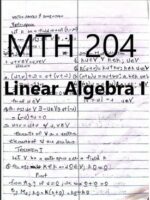
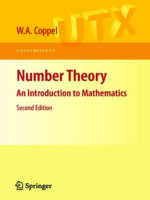
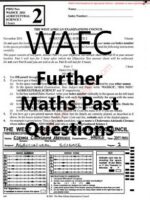
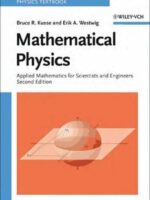
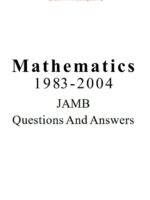
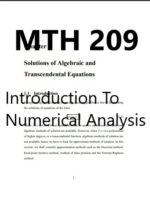
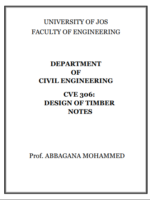
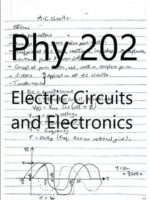
Be the first to review “MTH 103: Elementary Mathematics III”